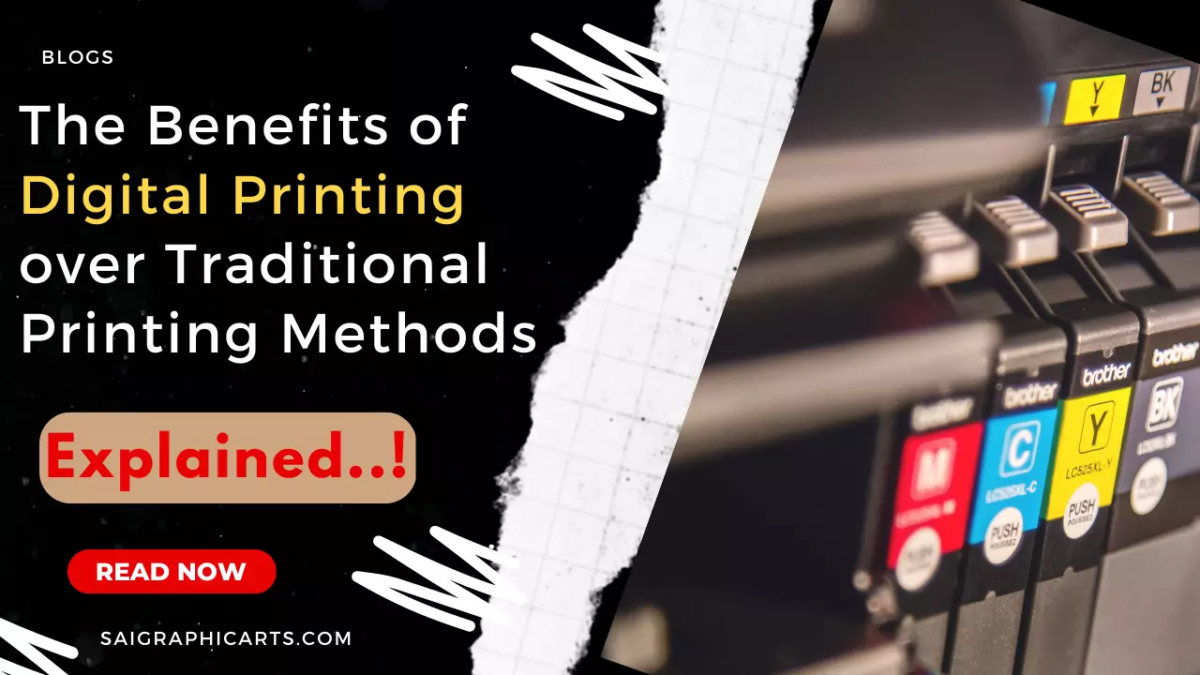Digital printing is a modern printing method that has been gaining popularity in recent years. While traditional printing methods, such as offset printing, have been around for decades, digital printing offers several benefits that make it a popular choice for many printing jobs. Here are some of the benefits of digital printing over traditional printing methods:

Faster turnaround time:
Digital printing eliminates the need for creating printing plates, which means that print jobs can be completed much faster. This is particularly useful for small print runs or last-minute printing needs.
Lower costs:
Digital printing is often more cost-effective for small print runs because there are no setup costs associated with creating printing plates. This can be particularly beneficial for businesses that need to print smaller quantities of materials, such as brochures or flyers.
High-quality printing:
Digital printing offers high-quality printing with sharp, clear images and text. This is particularly important for printing marketing materials, such as business cards or brochures, which need to make a good first impression.
Customization:
Digital printing offers greater flexibility in terms of customization. Variable data printing allows for the printing of individualized pieces with unique data, such as names, addresses, or images. This can be particularly useful for direct mail campaigns or personalized marketing materials.
Eco-friendly:
Digital printing is often considered more eco-friendly than traditional printing methods because it produces less waste. Digital printing eliminates the need for printing plates, reducing the amount of waste generated during the printing process.

In summary,
digital printing offers several benefits over traditional printing methods, including faster turnaround times, lower costs, high-quality printing, customization, and eco-friendliness. These benefits make digital printing a popular choice for businesses and individuals looking for high-quality, flexible, and cost-effective printing solutions.







